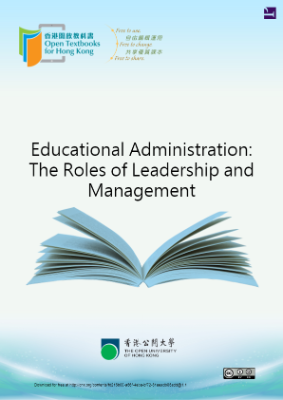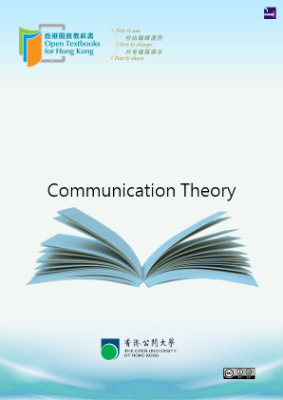The Changing Roles of Leadership and Management in Educational Administration
How the pendulum swings! The purpose of this introductory chapter is to discuss the dynamic roles of leadership, management, and administration as they relate to educational organizations. There has been much debate on this topic, particularly regarding the roles of leadership and management, and usually management comes out the worse for it. Typically, when education field practitioners or professors are asked about leadership and management, leadership will be thought of in a positive sense and management will likely be viewed negatively. It seems that no educational administrator wants to be seen as being a manager. Educational administration preparation programs are now usually housed in departments of educational leadership. When seeking a new principal or superintendent, the position description will very likely seek “a strong leader with vision.” Historically, in the early phases of this dialogue, the focus was on administration (see Wilson [1887] who noted that the study of administration was being added to the curriculum of universities). Then the focus was on management in school administration, as noted in Callahan’s work (Cult of Efficiency). Next, and continuing until the present, the focus was on leadership. Many volumes have been written on these topics. Currently, a number of scholars and field practitioners have again been talking about the importance of management and the need for balance between leadership and management. There are a number of reasons for these “paradigm shifts” as will be discussed in later sections.
Theories of Educational Management
The process of deciding on the aims of the organization is at the heart of educational management. In some settings, aims are decided by the principal, often working in association with senior colleagues and perhaps a small group of lay stakeholders. In many schools, however, goal setting is a corporate activity undertaken by formal bodies or informal groups.
School aims are strongly influenced by pressures from the external environment. Many countries have a national curriculum and these often leave little scope for schools to decide their own educational aims. Institutions may be left with the residual task of interpreting external imperatives rather than determining aims on the basis of their own assessment of student need. The key issue here is the extent to which school managers are able to modify government policy and develop alternative approaches based on school-level values and vision. Do they have to follow the script, or can they ad lib?











